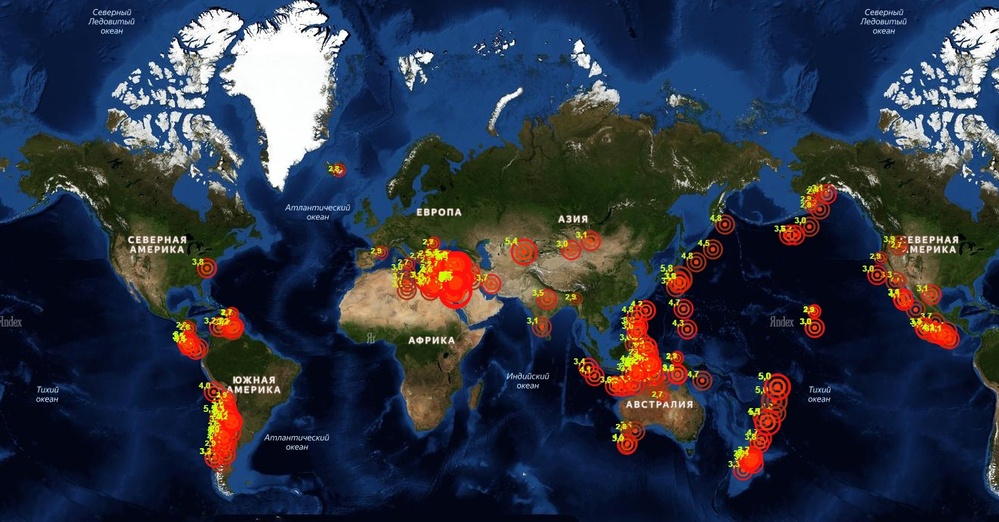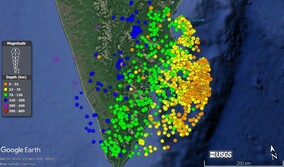A MISIS University graduate has confirmed the hypothesis that an earthquake can be predicted six months before its occurrence by methods of fractal geometry, analyzing the peaks of seismic activity and their dependence on spatio-temporal characteristics. This is possible due to the fact that the natural disasters dynamics on the graphs have characteristics of self-similarity, i.e. the fragment is identical to the whole picture.
According to statistics, earthquakes account for about 13% of the total number of natural disasters that occur daily. The number of tremors recorded by seismographs reaches 100,000 events annually. About 1,000 of them are destructive. Analysis of the spatial distribution of earthquakes is an topical issue of geophysics, and some studies have identified patterns associated with the nature of earthquakes.
“The complex process of seismic activity seems chaotic on the surface. However, when considering the many earthquake sources, taking into account the values of their magnitudes, we can see that they form a multifractal, which can be investigated by fractal geometry methods. Such studies have been conducted by our students for several years. It has been proven that the deterministic components take place in the process of seismic activity. In particular, a connection has been established between the occurrence of earthquakes with large magnitudes and jumps in the fractal characteristics of many earthquake sources,” says Valeria Shikheeva, head of the study, associate professor of the Engineering Cybernetics Department at NUST MISIS.
In her master’s thesis, Alyona Koroleva, a graduate of the NUST MISIS College of Computer Sciences, studied the seismic activity of the Kamchatka Peninsula and the Japanese islands’ territories, which are located in the region of the so-called Pacific Ring of Fire with a large number of volcanoes that cause natural disasters.
“The seismic process manifests the properties of a hierarchical self-similar system in the distribution of earthquakes in time, space and energy — these properties are manifested in the Gutenberg-Richter law, which describes the relationship between the magnitude and the total number of earthquakes for any given period of time,” said Alena Koroleva.
The research carried out within the framework of the thesis has shown that an earthquake can be predicted in advance of the occurrence of the main shock — this is reflected in an abnormal drop in the value of the fractal dimension.
“The characteristics of self-similarity of seismic processes obtained by fractal geometry methods make it possible to identify stable patterns in the series of seismic events and help to increase the level of reliability of forecasts,” summed up the head of the study Valeria Shikheeva.
The results of the experiments can be used for further studies on the prediction of seismic events based on the analysis of the spatio-temporal distribution of earthquake sources correlation dimension.





